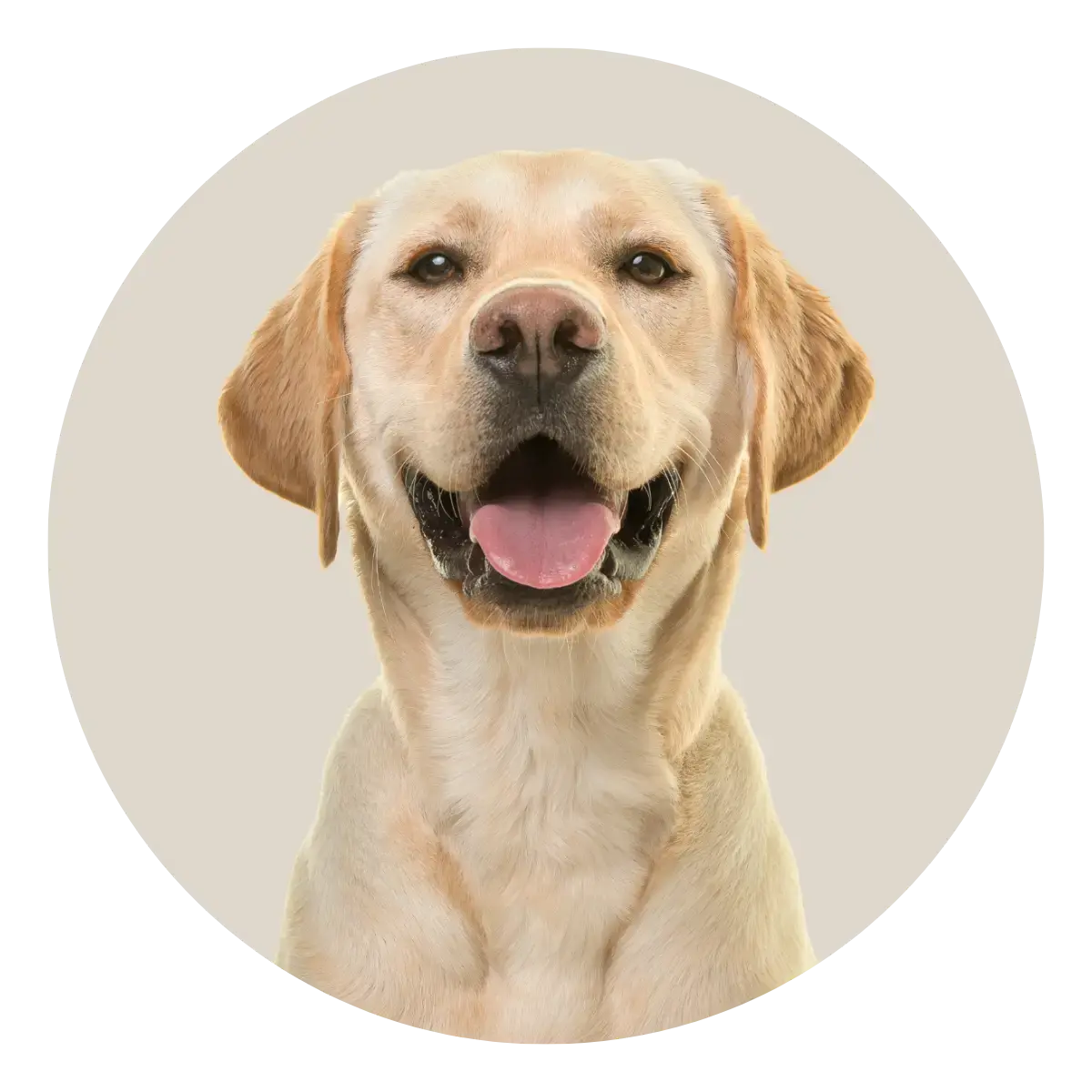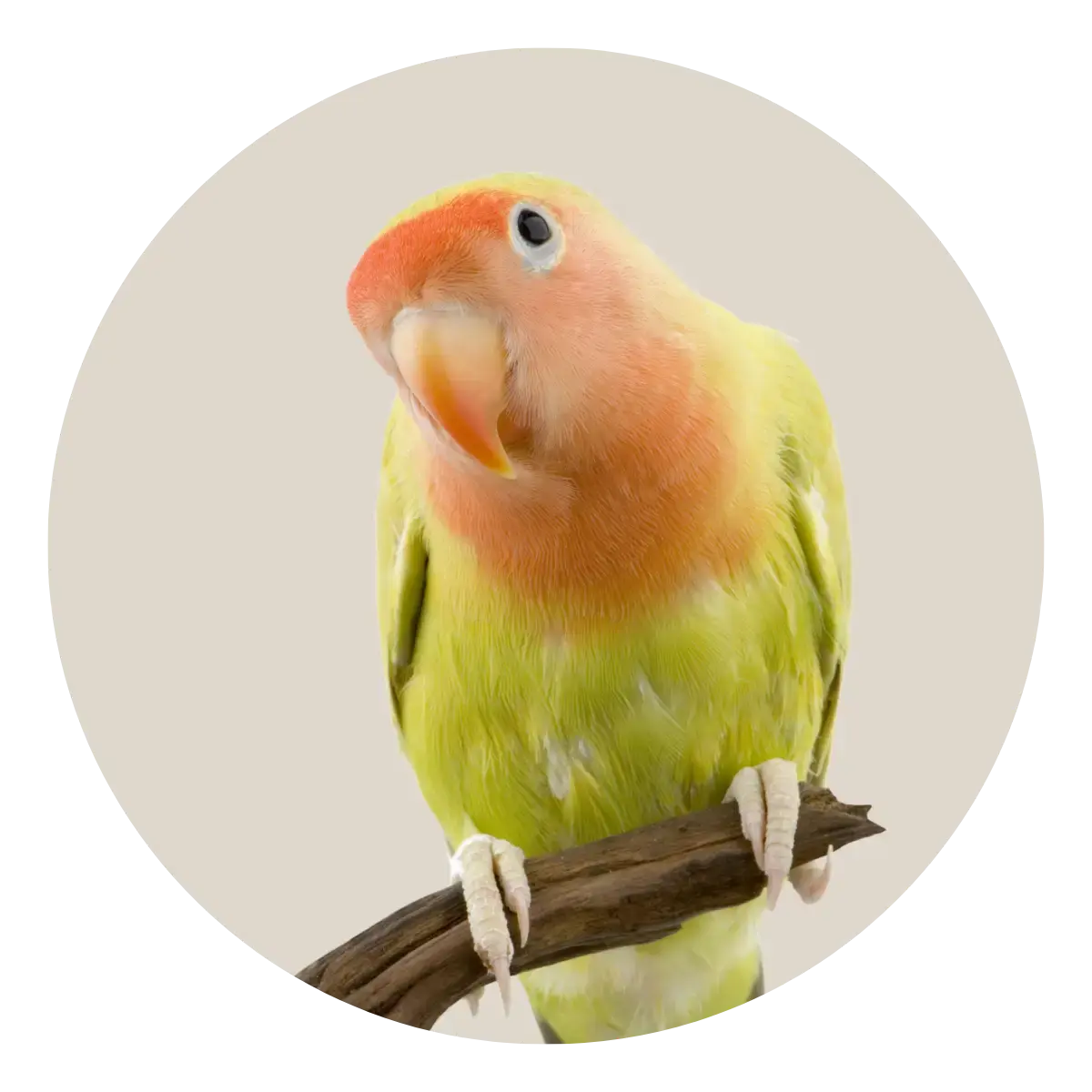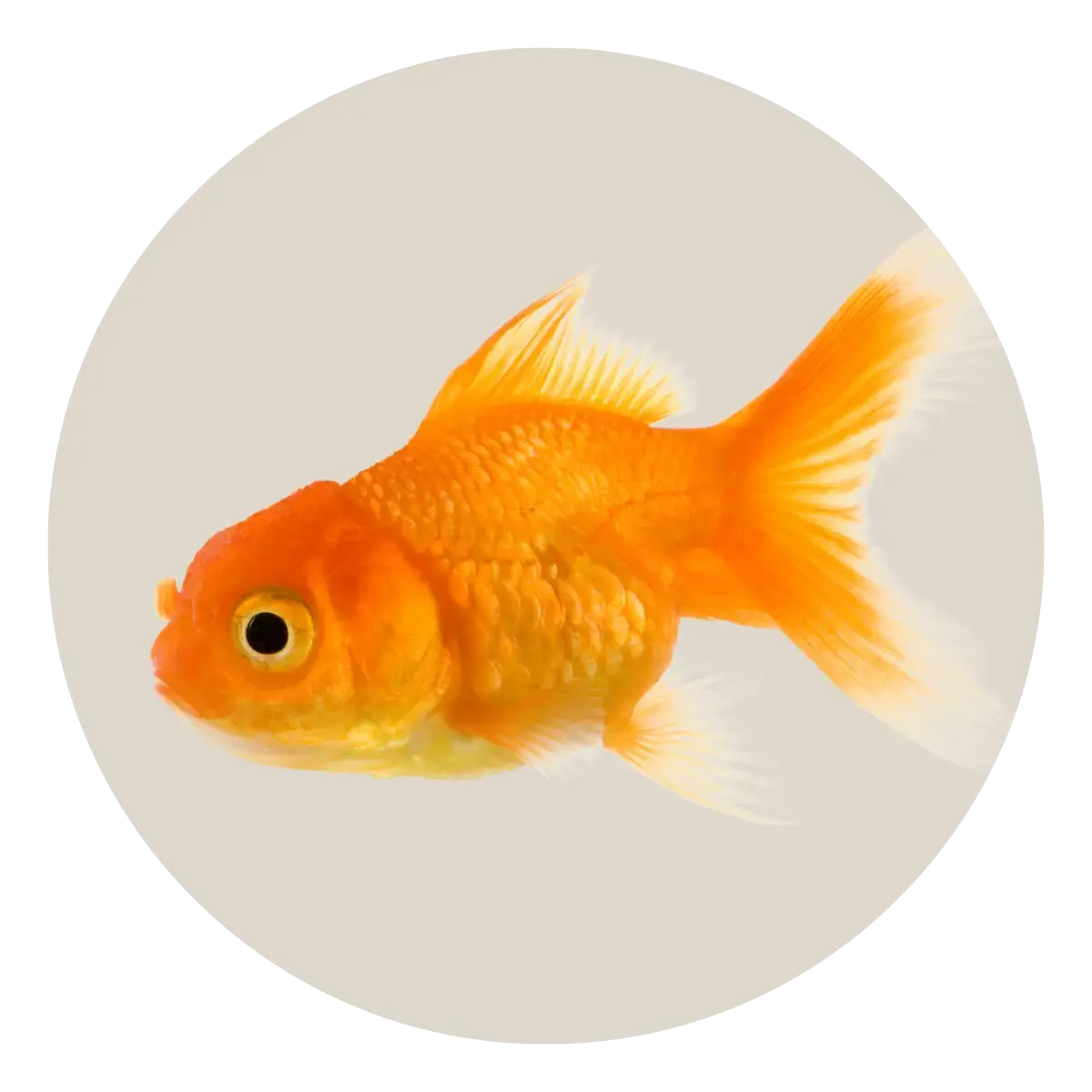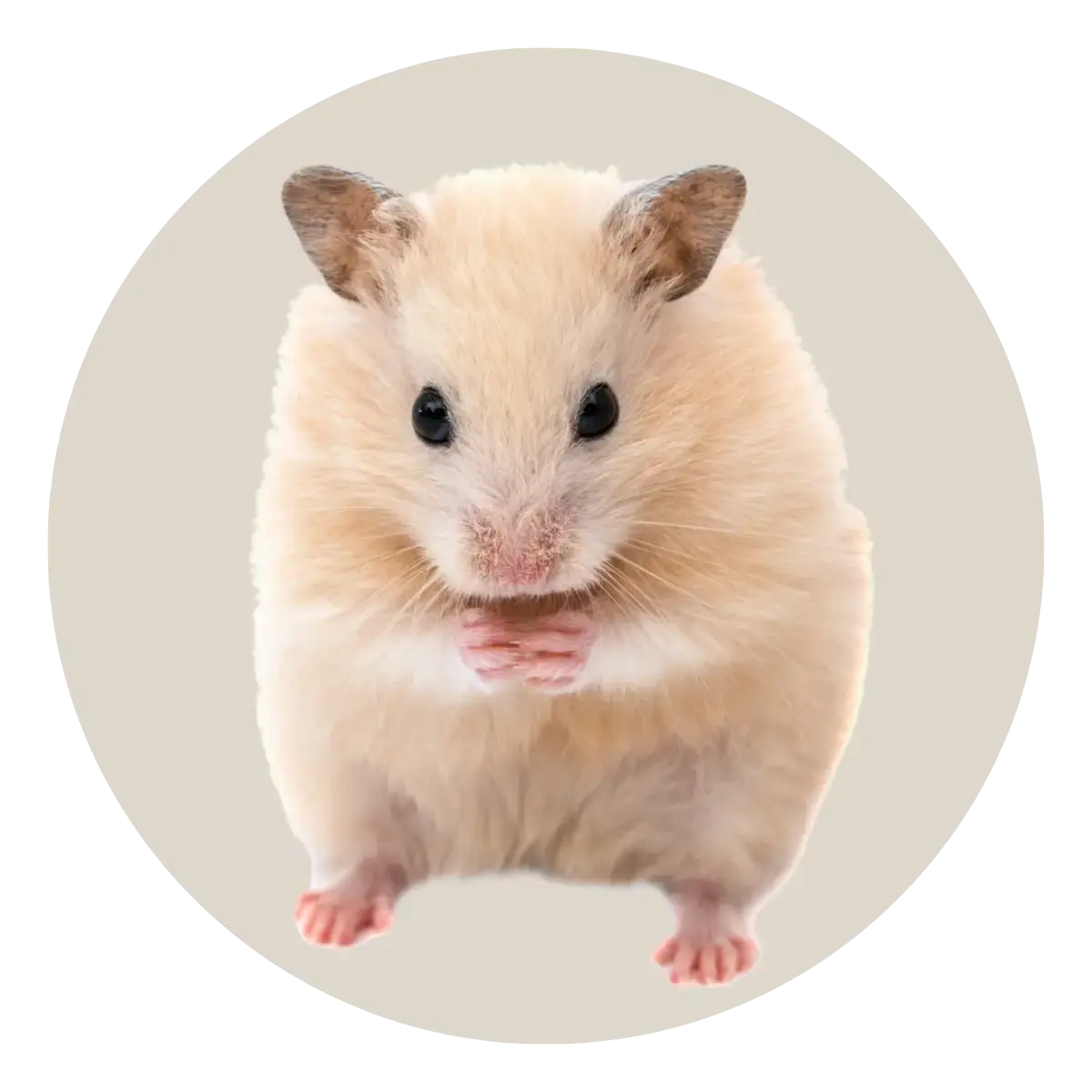Because each dog is an individual and will express fear, aggression, stress or joy slightly differently, there are no hard and fast rules for interpreting dog body language. The important thing is to look at the entire body of the dog.
With that said, here are some examples of dog body language and an explanation of what they might mean.
PLAY BOW:
The rear end of the dog is up, while the front end is down. The play bow generally means: I want to play.
TAIL WAGGING:
Contrary to popular belief, tail wagging (and the position of the tail) can mean many things:
- A low-hung wagging tail could mean: I am scared or unsure.
- A high, stiff wag can mean: I am agitated, unsure or scared, but not submissive.
- A loose wag – not really high or really low – normally means: “I am comfortable and friendly.”
FREEZE:
A dog freezes if she is scared or guarding something, such as food or a toy, or feels cornered. She may bite, so please slow down and pay attention to what she’s trying to convey.
ROLLING OVER:
A dog rolling over onto his back can have multiple meanings. Rolling over generally means “I am not a threat." If the tail is tucked and the lips are stiff, however, the dog may be scared. Some dogs will solicit attention by rolling over, but then become fearful or defensive, feeling that this position is not safe. The dog may even panic and start snapping.
EARS PERKED UP:
When a dog’s ears are forward, he is alert and interested in something.
TAIL BETWEEN THE LEGS:
If the dog’s tail is tucked between her legs and her ears are back against her head, she is afraid and uncomfortable about something.
SIGNS OF STRESS:
- Yawning in new or emotional situations
- Panting when it’s not hot
- Lifting a front paw as someone walks toward the dog
- Licking his lips, even though the dog hasn’t been eating or drinking
- Scratching himself when he’s not itchy
- Looking away as a person or another animal walks toward him
- Shaking off after someone handles him or another dog plays too roughly
- Stretching out as though doing a play bow, but not asking for play
- Making a puff (exhale) of breath, sometimes whining at the same time, and looking away or turning away
- Lying down and trying to make whatever is happening stop by not taking part in it
SIGNS OF FEAR:
Be aware that your dog is likely feeling stress along with fear when he/she:
- Starts to drool when she normally doesn’t
- Paces or circles
- Tucks his tail and moves away from something
- Starts to whine
- Sweats through her feet
- Puts his hackles up, his tail is low or high, and his body is still
- Starts to growl, and may start to move away
- Starts to curl her lips or show her teeth (which may be the only warning she gives before biting)
DEFUSING THE STRESSFUL SITUATION:
Many people chastise dogs for growling, but that just discourages the dog from attempting to communicate that he’s stressed or fearful. If your dog is growling or is indicating in some other way that he’s stressed, stop whatever you are doing and try to determine what the dog is reacting to.
You want to help the dog become more comfortable in the situation or manage the behaviour in the future so that a bite to a person or animal doesn’t happen. Often, if we slow down whatever situation caused the fear and start exposing the dog in small amounts at a distance, we can help him to completely overcome his fear. We can also help dogs become more comfortable in general, in order to keep them, and us, safe.
Credit: Acana






